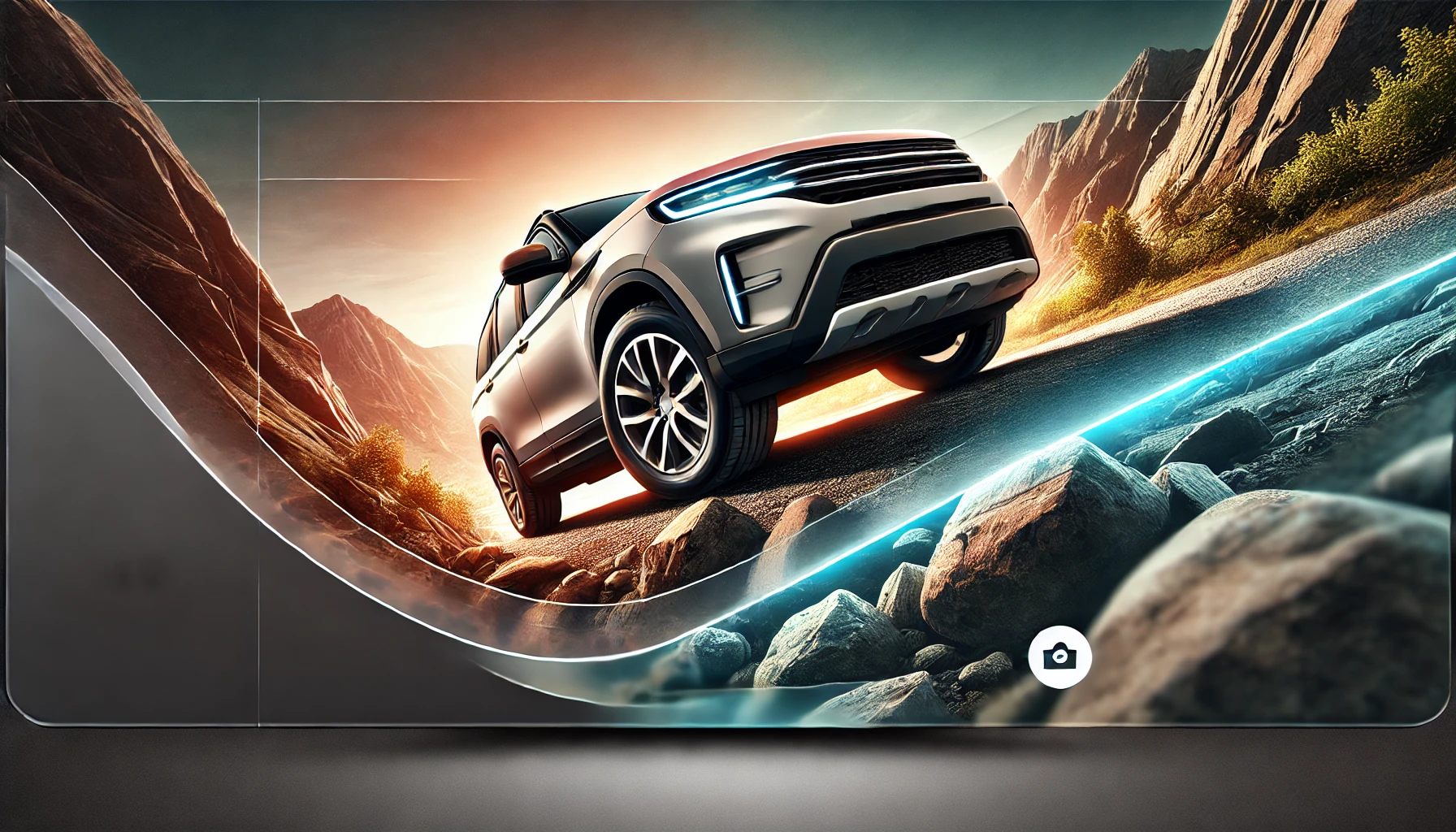Understanding the Proximity Angle of a Car: A Key Factor in Off-Road and Urban Driving
Last Updated At: 2025-12-30 Author: Sarah
[Car Tech Knowledge/ XNmotors]
When researching or buying a car, especially an SUV or off-road vehicle, you may come across the term proximity angle. This lesser-known yet critical specification plays an essential role in a vehicle’s performance in challenging driving environments.
But what exactly does it mean, and why should it matter to you? Let’s dive into the details.

Source: AI generated
What is the Proximity Angle?
The proximity angle, more commonly referred to as the approach angle, describes the maximum incline or obstacle a vehicle can approach without the front bumper, undercarriage, or other components making contact with the ground. It is measured in degrees, starting from the front tire’s base where it touches the ground to the lowest protruding part of the vehicle’s front.
A higher proximity angle means the car can tackle steeper inclines or larger obstacles without damaging the front end, making it an essential factor for off-road enthusiasts and drivers in uneven terrains.
How is the Proximity Angle Measured?
The proximity angle is calculated as follows:
1. Imagine a line extending from the lowest point of the vehicle’s front (often the bumper or skid plate) to the ground where the front tires contact it.
2. The angle formed between this line and the ground is the proximity angle.
For example, a car with a short front overhang and elevated ground clearance typically has a larger proximity angle, while vehicles with low bumpers or long overhangs have a smaller angle.
Why is the Proximity Angle Important?
1. Off-Roading Capability:
For SUVs, trucks, and off-road vehicles, a high proximity angle ensures they can climb over rocks, steep hills, or other uneven surfaces without damaging the front bumper.
2. Urban Utility:
Even in urban settings, the proximity angle matters. It determines how well a car can handle steep driveways, parking ramps, or speed bumps without scraping.
3. Safety and Durability:
A car with a low proximity angle is more prone to damage when navigating obstacles, potentially leading to costly repairs or reduced vehicle lifespan.
What Affects the Proximity Angle?
Several factors influence a car’s proximity angle:
• Front Overhang: Shorter overhangs increase the angle, making it easier for the car to clear obstacles.
• Ground Clearance: Higher ground clearance results in a steeper angle.
• Suspension Design: Off-road vehicles often feature adjustable suspension to optimize the proximity angle.
• Bumper Design: Some vehicles have bumper designs specifically tailored for better approach angles, like sloped or modular bumpers.
Proximity Angle vs. Departure Angle and Breakover Angle
While the proximity angle is about the front of the car, two other angles also matter for off-road performance:
1. Departure Angle: The angle at the rear of the vehicle, determining how steep an obstacle it can descend without hitting the back bumper.
2. Breakover Angle: The angle between the front and rear tires, showing how well the undercarriage clears obstacles.
Together, these three angles determine a vehicle’s overall off-road capability.
How to Choose a Car with the Right Proximity Angle
When considering the proximity angle, think about your driving needs:
• Off-Road Enthusiasts: Look for a car with a proximity angle of 25 degrees or more. Many off-road-focused SUVs and trucks offer angles exceeding 30 degrees.
• Urban Drivers: While proximity angle is less critical for city driving, a higher angle still protects against curb scrapes and steep inclines.
• Sports Cars: These often have low proximity angles due to their aerodynamic designs, so be mindful of their limitations.
Examples of Chinese Vehicles with High Proximity Angles
• Tank 300 (by Great Wall Motors): A popular choice for off-road enthusiasts, the Tank 300 boasts a proximity angle of approximately 33 degrees, making it ideal for rugged terrain.
• BYD Yangwang U8: This luxury off-road EV features advanced suspension and a proximity angle exceeding 35 degrees, showcasing its off-road prowess.
• Haval H9: Known for its durability and off-road capabilities, the Haval H9 features a proximity angle of about 28 degrees, balancing comfort with performance.
• Chery Tiggo 8 Pro Max: While primarily a family SUV, this model offers a respectable proximity angle of 24 degrees, making it versatile for urban and light off-road use.
Conclusion
The proximity angle is an essential specification for any driver who encounters inclines, uneven terrain, or obstacles, whether in the wilderness or on city streets. When choosing a car, understanding its proximity angle can help ensure it meets your needs, protects your investment, and enhances your driving experience.
( Article / XNmotors Sarah )
Comments
No comments yet. Be the first one to comment.